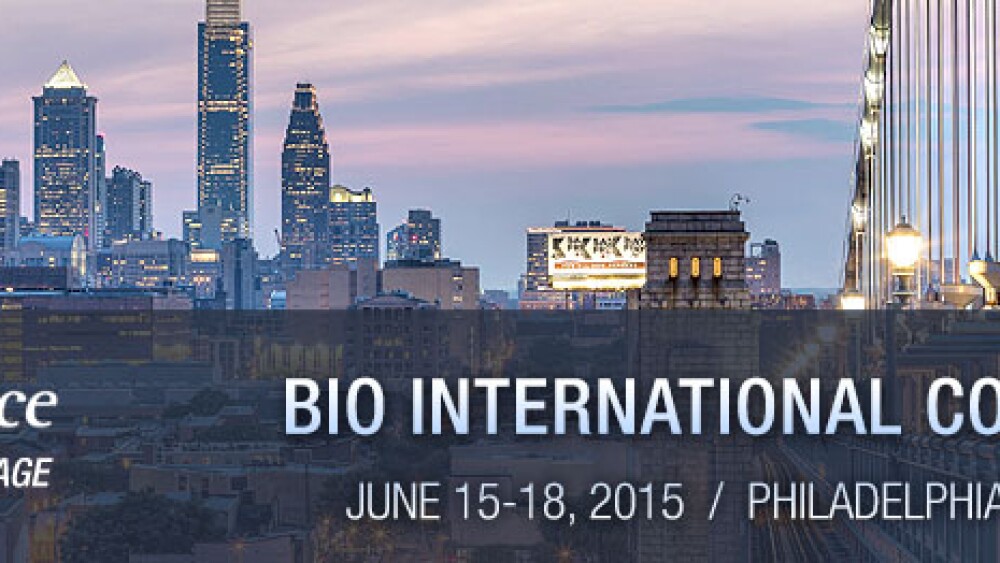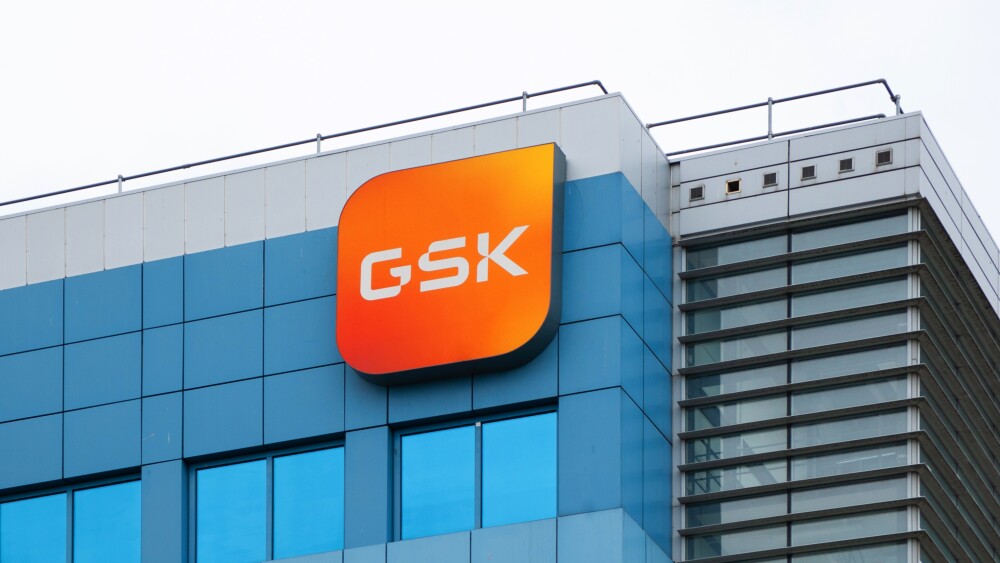June 16, 2015
By Riley McDermid, BioSpace.com Breaking News Sr. Editor
Biosimilars are “the future of affordable healthcare,” the CEO of Pfenex Inc. told BioSpace at the Biotechnology Industry Organization (BIO) International conference Tuesday, as the crowd geared up for a panel on the latest technologies in drug creation.
Bert Liang is the CEO of Pfenex, which is quickly becoming an industry leader in this emerging market – its biosimilars of Lucentis and Betaseron are the most advanced in global development.
Biosimilar drugs, which will provide new alternatives to costly biologic drugs, will be introduced in the United States within the next two years and promise to induce significant cost-savings and enable increased access to important medicines. But these benefits will require the right federal and state regulations to encourage their introduction and adoption.
BioSpace chatted with Liang about the challenges he sees for biosimilars going forward--and how they may spark an industry revolution on pricing.
1. How will biosimilars change competition?
Biosimilars are going to expand access to life-changing drugs for patients across the healthcare system. Biologics are often expensive, sometimes costing hundreds of thousands of dollars for a course of treatment. Biosimilars, in the experience of our European counterparts, tend to cost approximately 20 to 30 percent less. This cost-savings structure both allows patients to be able to access such important medications as well as supports novel drugs to enter the market and create additional innovative treatments for patients.
Moreover, as costs become lower and patents expire, we will see more entrants into the market – both from the biosimilars side as well as the innovative biologics side, further increasing competition.
2. What’s on the horizon for biosimilars in 2015?
We expect to see a lot of movement with biosimilars before the end of the year. From the patent dance to clarification around interchangeability, there are a number of questions on how these drugs will come to market and be regulated. However, the first biosimilar in the U.S. has just recently been approved with the hope of a September timeline for launch into the U.S. market.
There are at least four biosimilars filed for approval at FDA, and we should see Adcomm meetings for these as well. I expect that we will see U.S. regulators start to take a stance on interchangeability, and as such naming and substitution. I anticipate that CMS (and potentially other payors) may advance more quickly than FDA in their positioning on interchangeability; however there should be some clarity prior to the end of 2015.
Further, I anticipate that we will continue to see an influx of biosimilar applications for approval. In the first three years since BPCIA, we didn’t see any applications for biosimilars, yet in the last year we have started to see the applications slowly roll in – a trend that will only continue as approvals are granted and the healthcare system sees success with these drugs.
3. Explain what your technology does.
Pfenex has a proprietary technology that allows us to create biosimilars in a highly efficient manner – from concept to commercialization. The Pfenex Expression Technology platform ensures we can serve a range of unmet needs via rapid reliable protein production and product development.
This technology combines an extensive toolbox of expression components with a robotically-enabled high-throughput parallel strain screening technology, delivering unprecedented speed and success in identifying protein production strains capable of producing large amounts of soluble, active product. We combine this technology with our bioanalytical approach to create the potential for fingerprint-like identity to a reference product. We believe our approach creates products with a limited need for costly clinical trials.
4. How will biosimilars improve patient care?
Biosimilars are the future of affordable healthcare. Through cost savings, patients across the market will have expanded access to complex biologic drugs globally. Additionally, these cost savings will expand access to treatments for all patients across the wider healthcare market. Take the EU experience for example. It’s estimated that by 2020, eight EU countries will save as much as 33 billion euro.
Understanding this modelling, we can estimate that the introduction of biosimilars in the U.S. healthcare system could save up to $250 billion by 2024. These savings will open resources to enable access to other innovative treatments for patients across the market.
After AstraZeneca CMO Abruptly Quits, Where Could He Be Headed?
This week the chief medical officer of British drugmaker AstraZeneca PLC abruptly quit his post to become the chief executive officer of an unnamed, smaller biotech company. That’s lead BioSpace to wonder, with his background in R&D and in large companies like Pfizer Inc. , where will Briggs Morrison wind up? We want to know your thoughts.





